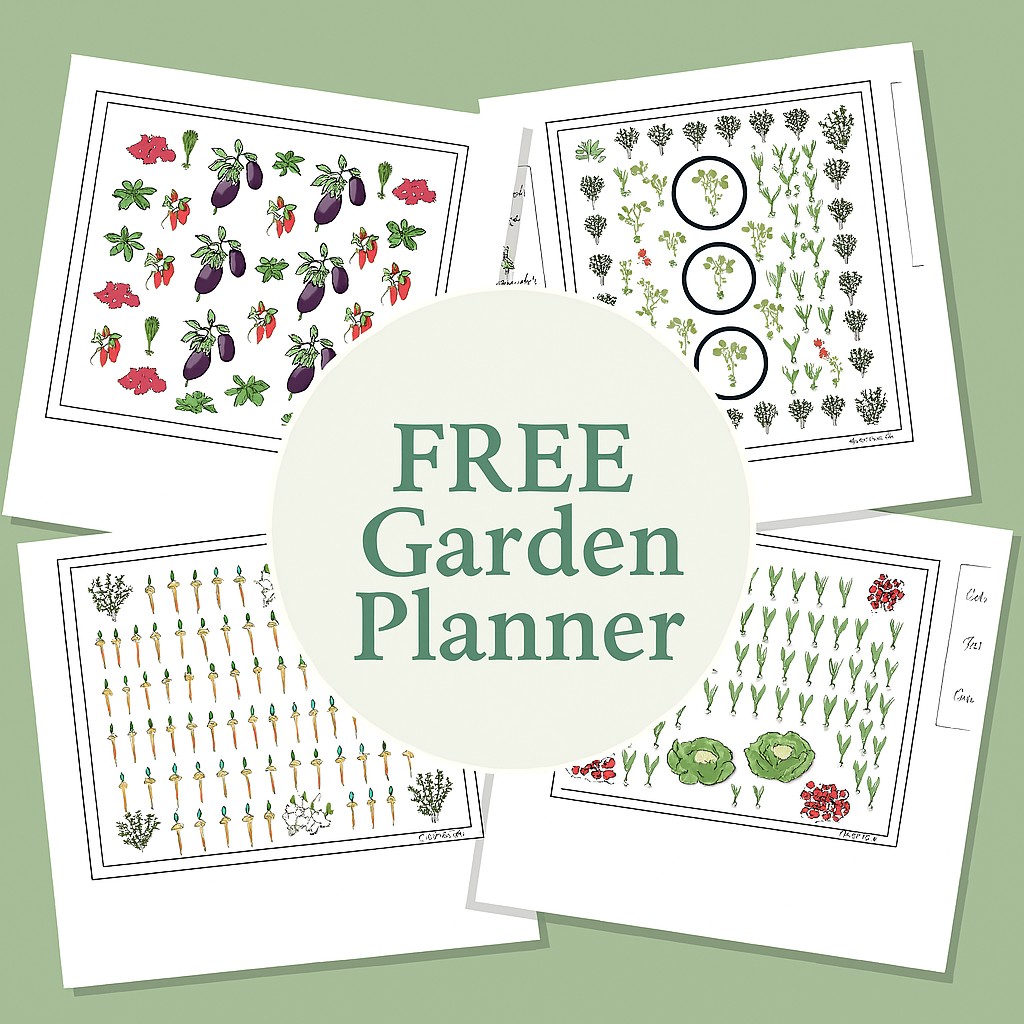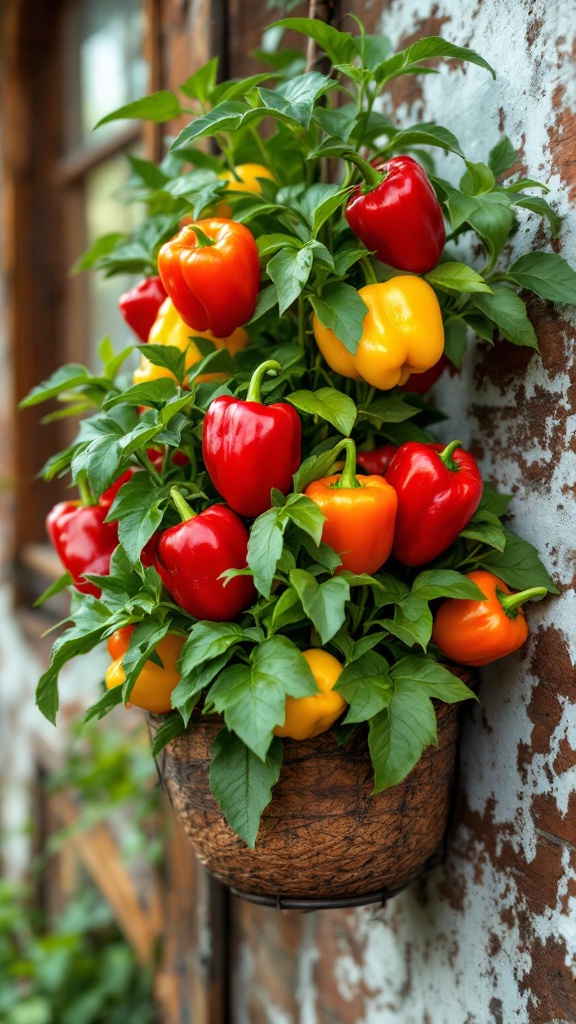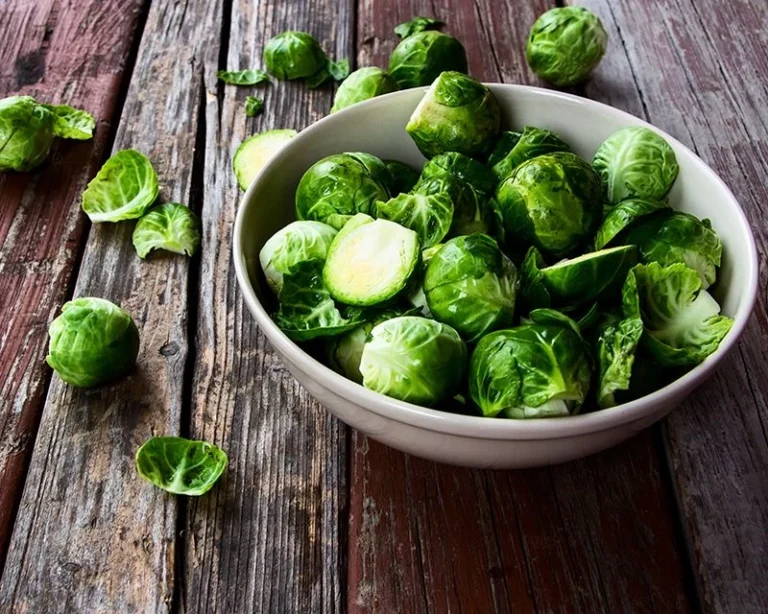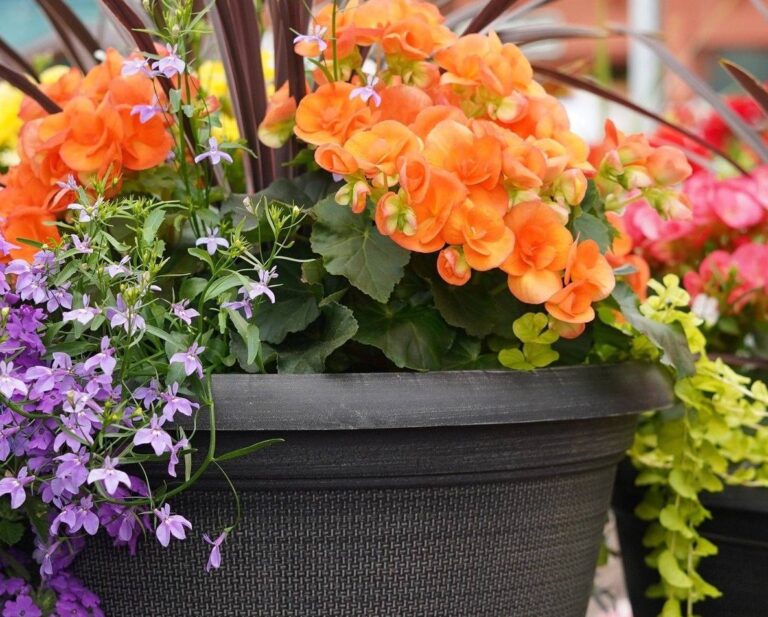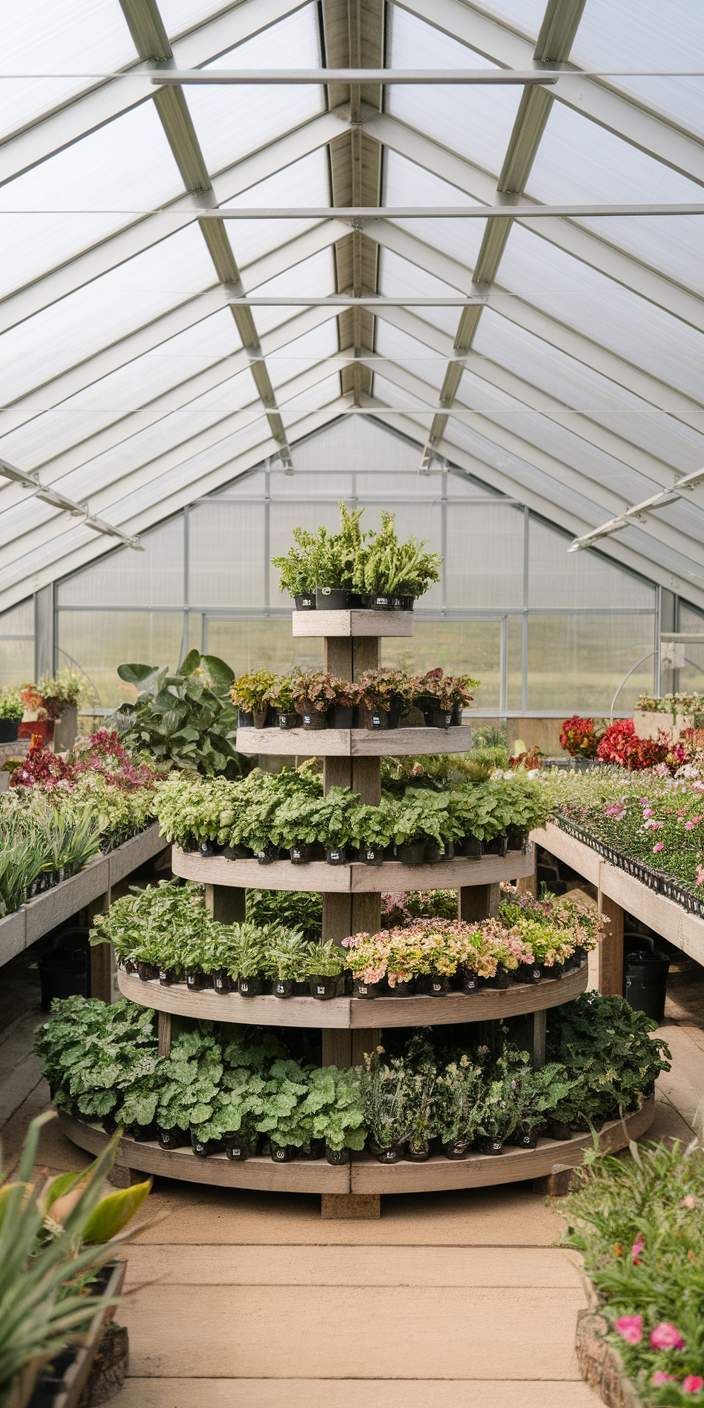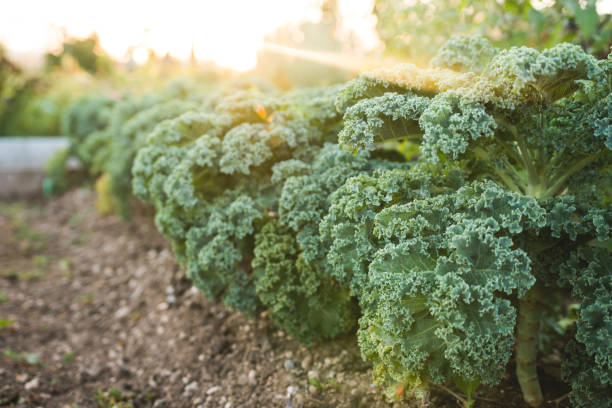Chrysanthemums and Beyond: Flowers That Bloom in Fall
Fall is one of those seasons where flowers surprise us the most. Just when you think the garden is finished, blooms appear in rich, warming colors that match the season’s shifting light.
Chrysanthemums are often the star of the show, but there are plenty of other flowers that shine through the shorter days and cooler evenings.
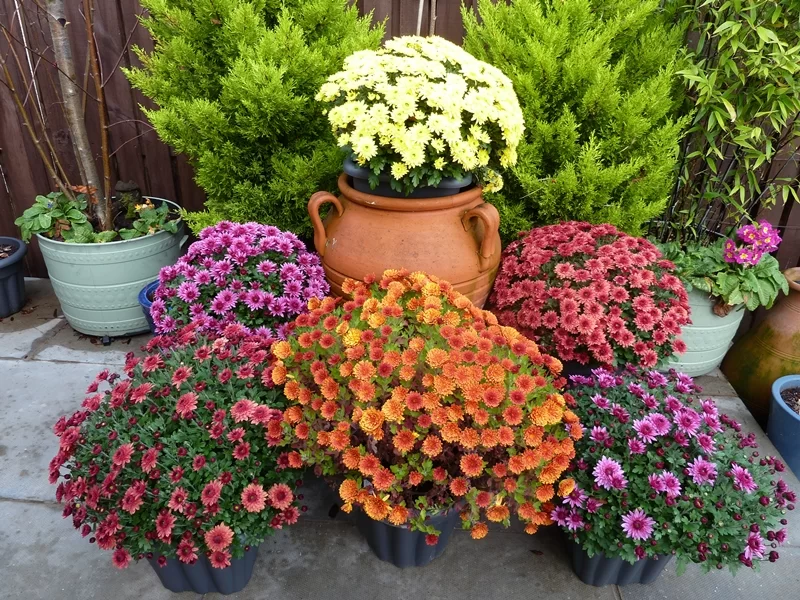
Building a garden around these resilient plants not only adds beauty but also stretches the joy of gardening well past summer’s end.
The Familiar Comfort of Chrysanthemums

Chrysanthemums—mums, as many call them—are a fall classic for a reason.
Their dense blooms in gold, orange, burgundy, and purple bring a burst of energy when other plants fade.

Mums do well in containers, window boxes, or directly in beds, and with the right care, they’ll bloom for weeks.
Care Notes
- Light: Full sun helps produce the most blooms.
- Water: Keep soil consistently moist, but not waterlogged.
- Tip: Pinching back stems earlier in the season encourages bushier, flower-heavy growth.
Asters for a Gentle Touch

While chrysanthemums are bold, asters add something softer.
Their star-shaped blooms in blues, purples, and whites pair beautifully with ornamental grasses or the fading leaves of nearby shrubs.

Asters are also pollinator favorites—bees and butterflies often linger on them late in the season, making your fall garden a small sanctuary.
Care Notes
- Light: Full sun to light shade.
- Water: Moderate moisture, though they can tolerate short dry spells.
- Container Tip: Combine asters with trailing ivy for a layered look.
Sedums in Autumn Light

Sedums, particularly ‘Autumn Joy,’ are another dependable flower in cooler months.
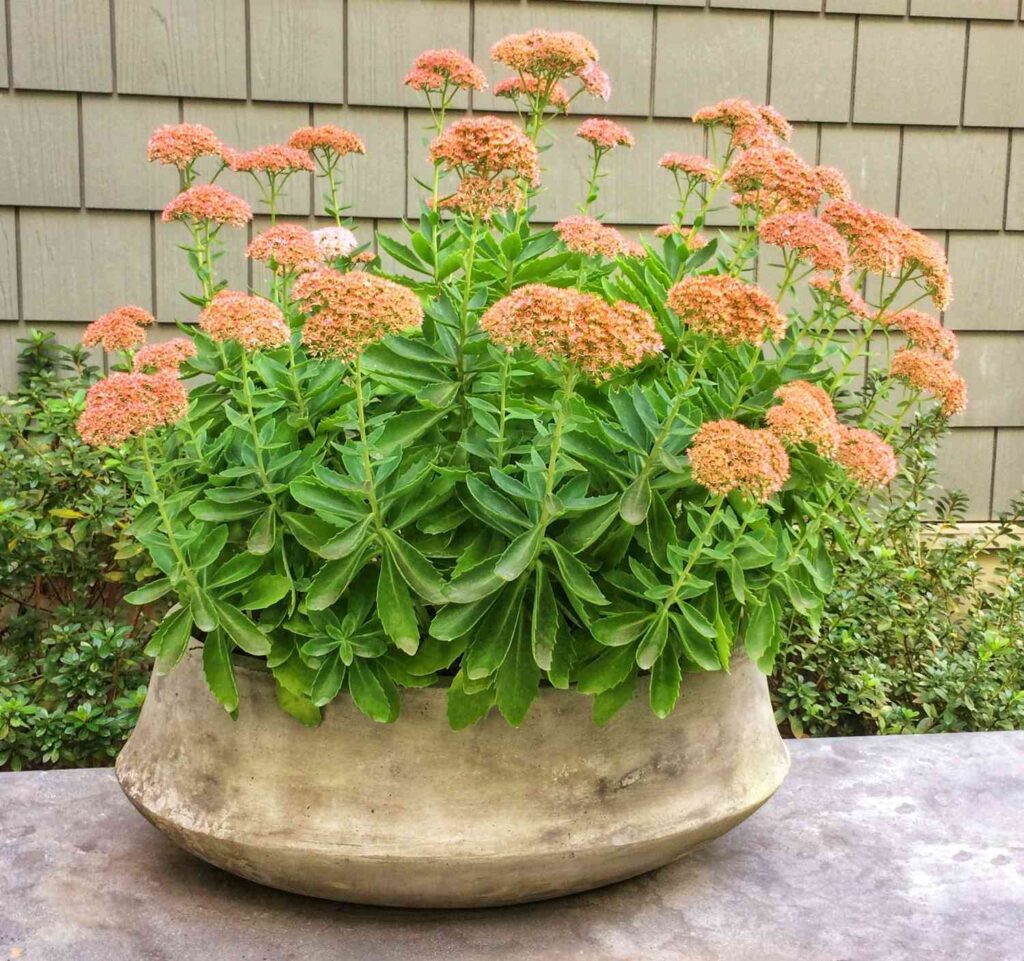
Their clusters of pink blossoms slowly deepen into rusty red tones as the season advances. They offer height and structure, balancing the low mounds of mums or pansies.
Care Notes
- Light: Full sun is best for color intensity.
- Water: Drought tolerant; perfect for gardeners who don’t want high-maintenance plants.
- Pairing: Mix with ornamental kale or cabbage for both color and texture.
Pansies and Violas for Cheerful Color

Often thought of as spring plants, pansies and violas thrive in cool fall weather as well.

Their “faces” bring cheer in rich jewel tones, yellows, and purples. Because they tolerate frost, they often remain vibrant longer than you expect.
Care Notes
- Light: Full sun to partial shade.
- Water: Regular moisture; pansies don’t like drying out completely.
- Container Tip: Plant pansies around the base of taller fall flowers to fill space and soften the edges of pots.
Ornamental Kale and Cabbage as Focal Points

Though technically not flowers, ornamental kale and cabbage are grown for their striking foliage in shades of purple, white, and pink.

Their rosette-like form adds visual drama and pairs beautifully with flowering companions. As temperatures cool, their colors deepen.
Care Notes
- Light: Sun to partial shade.
- Water: Keep evenly moist.
- Tip: Use them in mixed containers with mums or sedums for contrast.
Japanese Anemones for Elegance
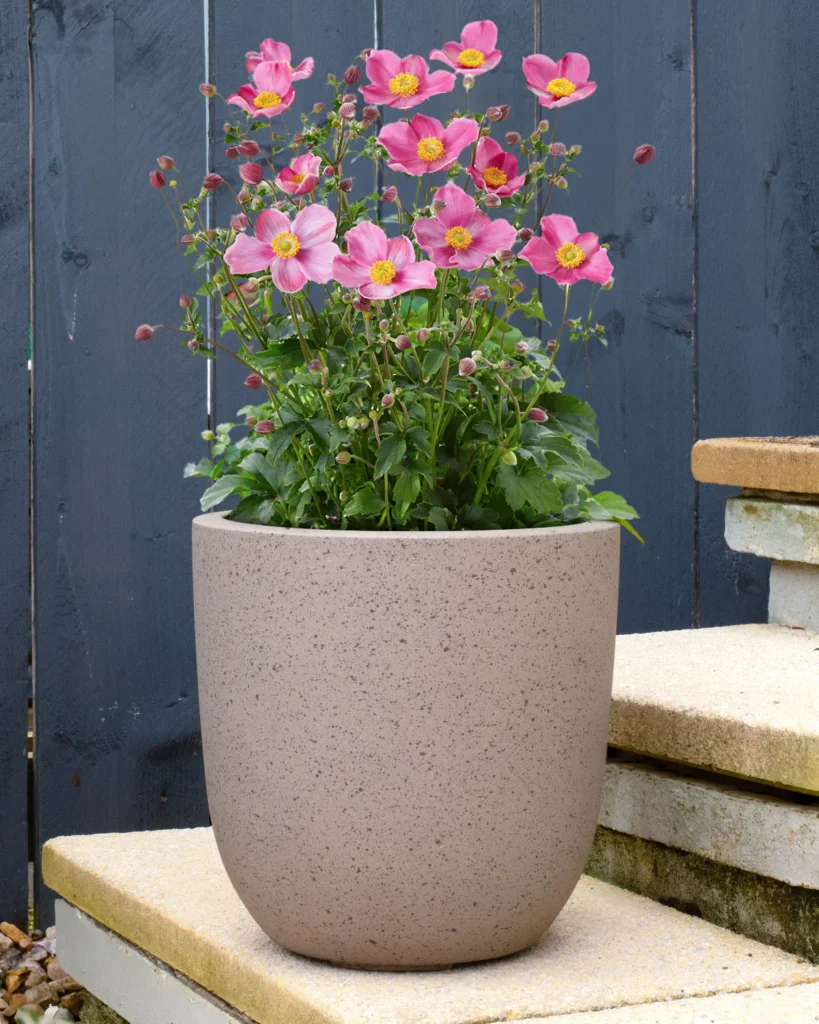
For something a bit more graceful, Japanese anemones bring tall stems topped with delicate pink or white blooms.
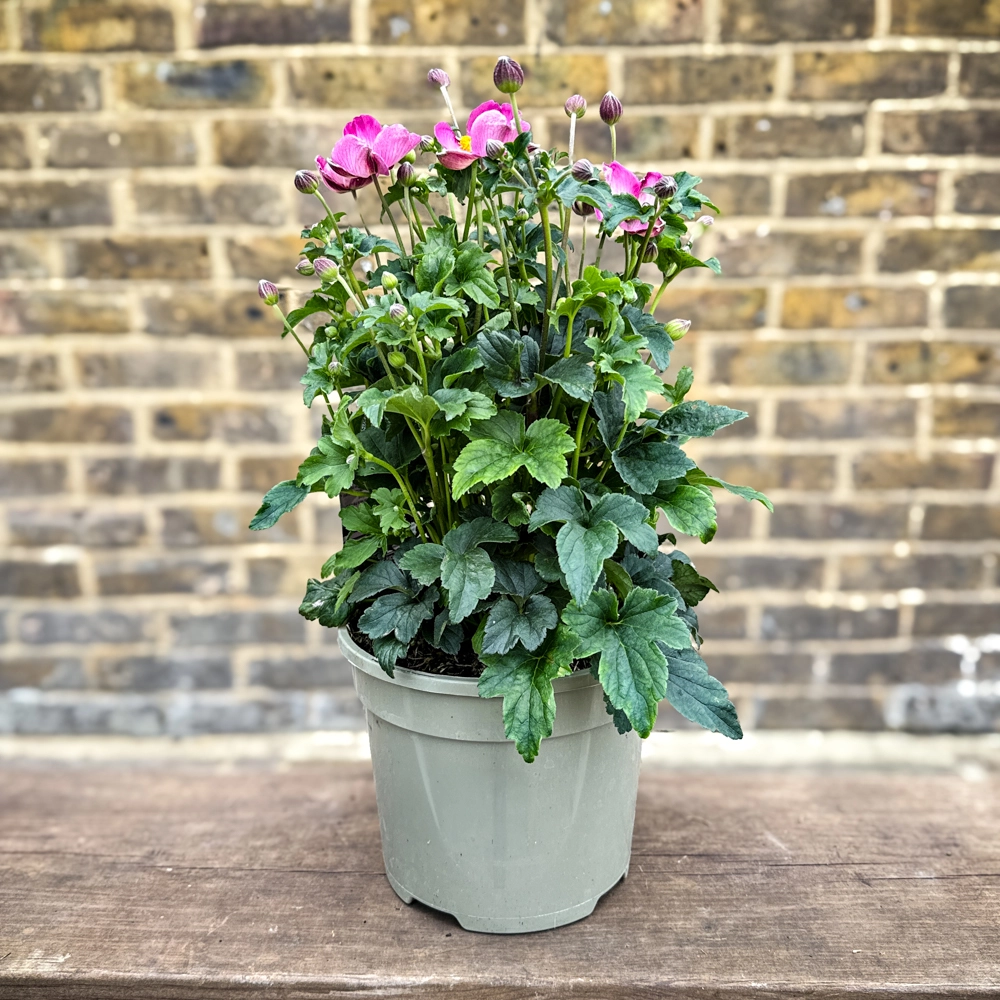
They sway gently in autumn breezes, adding movement and softness among sturdier fall flowers.
Care Notes
- Light: Partial shade is ideal.
- Water: Moist, well-drained soil.
- Garden Bed Use: Place at the back of borders or along fences for a layered effect.
Building Fall Flower Combinations
When planning your garden or containers, aim for a mix of bold statement flowers and quieter companions.
For instance, combine chrysanthemums with pansies for instant color, then soften with ornamental kale.

Asters can fill the middle ground, while sedums or Japanese anemones add structure and height.
The result is a balanced garden that looks intentionally designed rather than pieced together.

Jess once mentioned that her favorite fall container was a mix of purple asters and silver dusty miller, with bright orange mums at the center.
It was a simple pairing, but the colors played off each other beautifully and lasted right into early winter.
Caring for Fall Flowers Through the Season

While fall flowers are naturally more tolerant of cooler weather, they still benefit from some thoughtful care:
- Deadheading: Removing spent blooms encourages continued flowering.
- Mulching: Helps regulate soil temperature and retain moisture.
- Protection from Frost: A light sheet or frost cloth can extend the life of more tender blooms.
Containers especially need a little extra attention.

Because pots cool down faster than garden soil, consider wrapping them in burlap or moving them against a sheltered wall when frost is predicted.
Extending Blooms Into Early Winter

If you want your garden to stay lively well into early winter, plan ahead with a mix of hardy flowers and foliage.
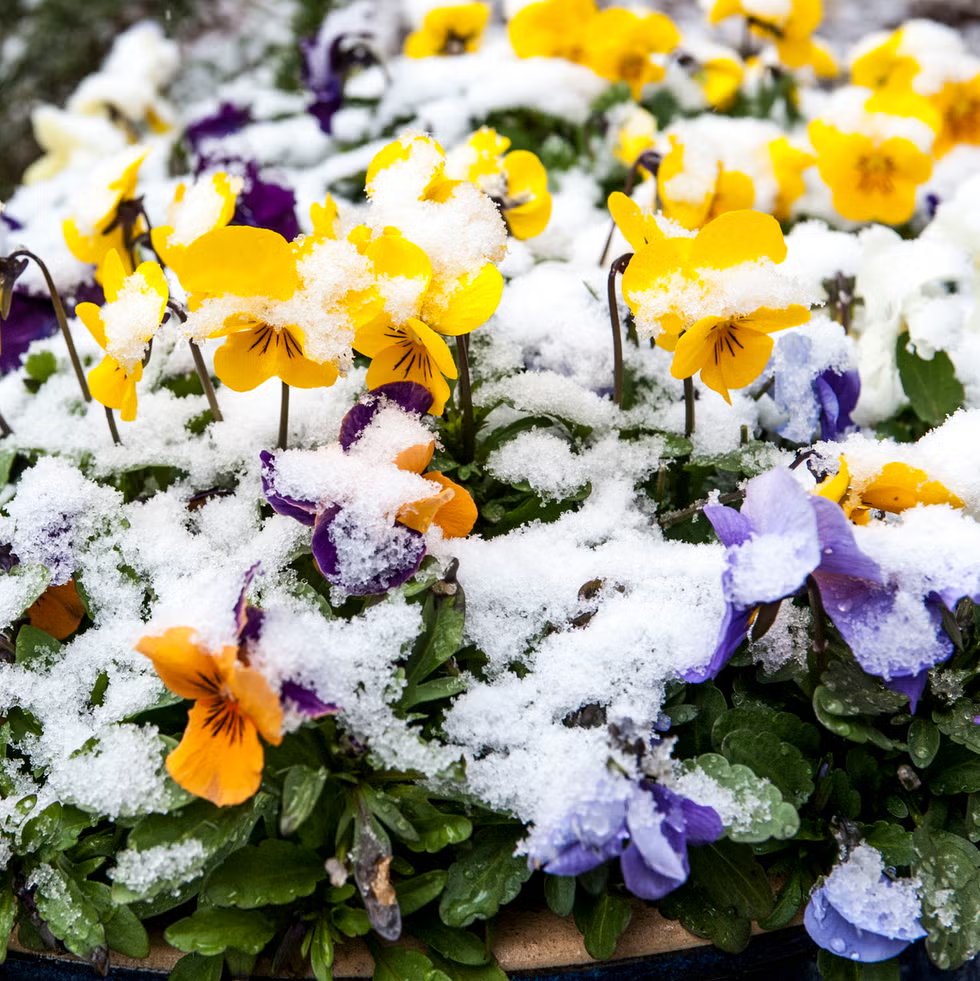
Pansies, violas, sedums, and ornamental kale can carry on even as the nights grow long. Adding small evergreens or dwarf shrubs into your containers ensures there’s structure and greenery even after the last petals fall.
Closing Thoughts
Fall flowers remind us that the season of gardening doesn’t have to end with summer.
With chrysanthemums, asters, sedums, and companions like ornamental kale, you can build displays that not only thrive in cooler temperatures but also highlight the natural beauty of autumn light.
By mixing bold colors with gentle accents, your garden stays alive with warmth and charm well past the season’s peak.
